Historical and Cultural Aspects of the Islamic Inscriptions of Bengal: A Reflective Study of Some New Epigraphic Discoveries
A hinterland in the old world of Islam, the early history of the consolidation of Islamic civilization in Bengal is somewhat shrouded with mystery. After the establishment of Muslim rule in the region, mass conversion to Islam took place over centuries in different phases. The book seeks to analyze the early diffusion of Islamic culture in Bengal using the substantively rich and hitherto untapped Arabic and Persian inscriptions scattered all over the region.
The main chapters concentrate on inscriptions recently discovered. In addition to deciphering and editing the epigraphic texts, the information derived from them and particularly their historical contents have been analyzed in detail. All the titbits of information, such as the names of the contemporary rulers, local administrative officers, religious figures and military commanders etc., help us understand the political, administrative, social, religious and cultural scenario of that period. Special attention has been given to the titles which invariably accompany the names appearing in the inscriptions. They indirectly throw light on the personality of the title bearer and many other contemporary issues. The history of the religious transformation of the region has been discussed at great length, as a great number of these inscriptions belong to religious monuments. In addition, most of these inscriptions provide valuable information about the monuments they belonged to, which is also useful to reconstruct the architectural history of the region. The chapter on Islamic calligraphy discusses the splendour of the popular styles found in the inscriptions of the region, such as Kufi, thulth, naskh, riqa', rayhani, muhaqqaq, tughra' and Bihari.
In sum, the book analyzes the overall cultural continuity of the Muslims of Bengal and their counterparts elsewhere in the Muslim world, which binds them together as an umma. Thus, in spite of their many distinctive local cultural features, one soon discovers in these wonderful epigraphic treasures the most vibrant message--unity within diversity--that is prevalent everywhere in Islamic culture.
Get it now and save 10%
BECOME A MEMBER

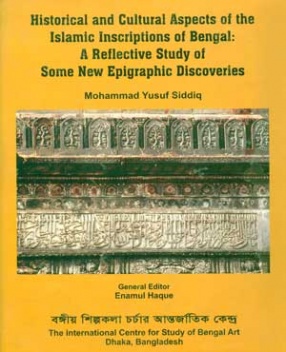
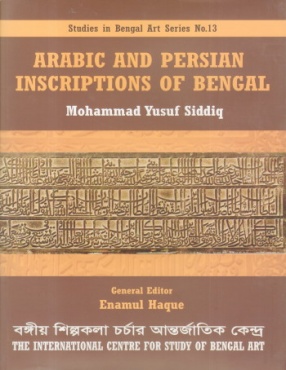
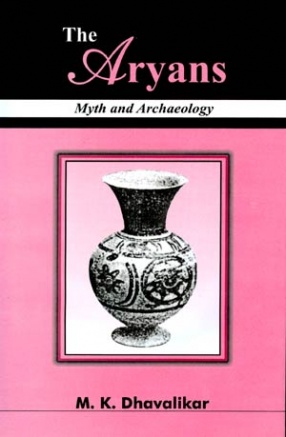
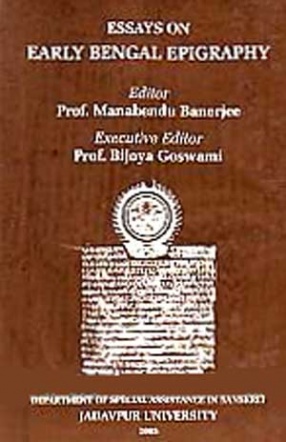
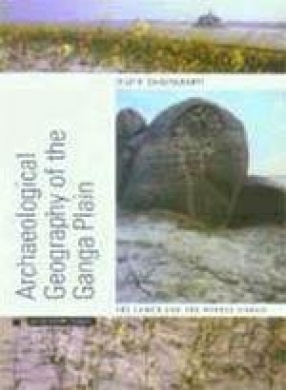
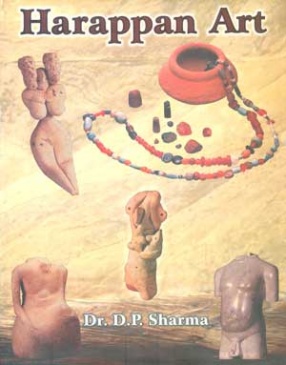

Bibliographic information
Enamul Haque